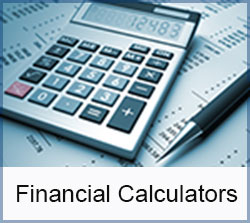Credit 101 for Your Undergraduate

By Melissa Cassar, VISA Canada
If you’ve got teenagers heading off to University or College in the Fall, I hope you’ve done a good job educating them about the importance of personal financial responsibility and how to build a strong credit history. If not, better do it now.
First year students and young adults entering the workforce encounter many unfamiliar expenses – and temptations – so it’s important to help them avoid early financial missteps that could damage their credit for years to come.
Probably the most fundamental tool for helping students manage their finances is a chequing account with a debit card. A few tips:
- Look for a bank that charges no monthly usage fee, requires no minimum balance and has conveniently located ATMs so they don’t rack up foreign ATM charges.
- Enter all transactions in the cheque register and review the account weekly to know when transactions have cleared.
- Avoid writing cheques or making debit card transactions unless the current balance will cover them.
Although there can be speculation that many young adults will acquire more credit card debt than they can afford, there are a couple of alternatives available to parents:
- Make them an authorized user on one of your accounts. They’ll get their own card and you can usually restrict the amount they can charge. Authorized users are not legally responsible to pay balances owed – that’s your responsibility, so tread carefully.
- You can add them as a joint account holder to a new or existing account – preferably, one with a small credit limit. Joint account holders are equally liable to pay off the account.
- Just remember, any account activity, good or bad, goes on both your credit reports, so careful account monitoring is critical.
Those who haven’t yet demonstrated financial maturity may not be ready for an unsecured credit card or loan. Two alternatives include:
- A secured credit card linked to an account with the card issuer to which they deposit money. Typically, users can charge up to the deposit amount, which can be replenished. Then, after a period of on-time payments, they can ask the lender to convert it to an unsecured card, or at least add an unsecured amount to the account.
- A prepaid debit card, where you load the card with money in advance and they use the card for purchases or ATM withdrawals. You monitor account activity online or by phone.
- With each, fees and restrictions may apply so shop around for the best terms.
If you need help educating your kids about personal financial management, a good resource is What’s My Score (www.whatsmyscore.org), a financial literacy program for young adults run by Visa Inc. It features a comprehensive workbook called Money 101: A Crash Course in Better Money Management, which can be downloaded for free.
Article used with permission from Practical Money Skills Canada
This article is intended to provide general information and should not be considered legal, tax or financial advice. It’s always a good idea to consult a tax or financial advisor for specific information on how certain laws apply to your situation and about your individual financial situation.


Comments are closed.